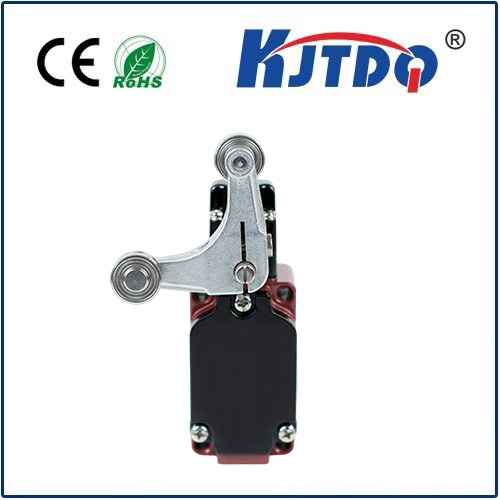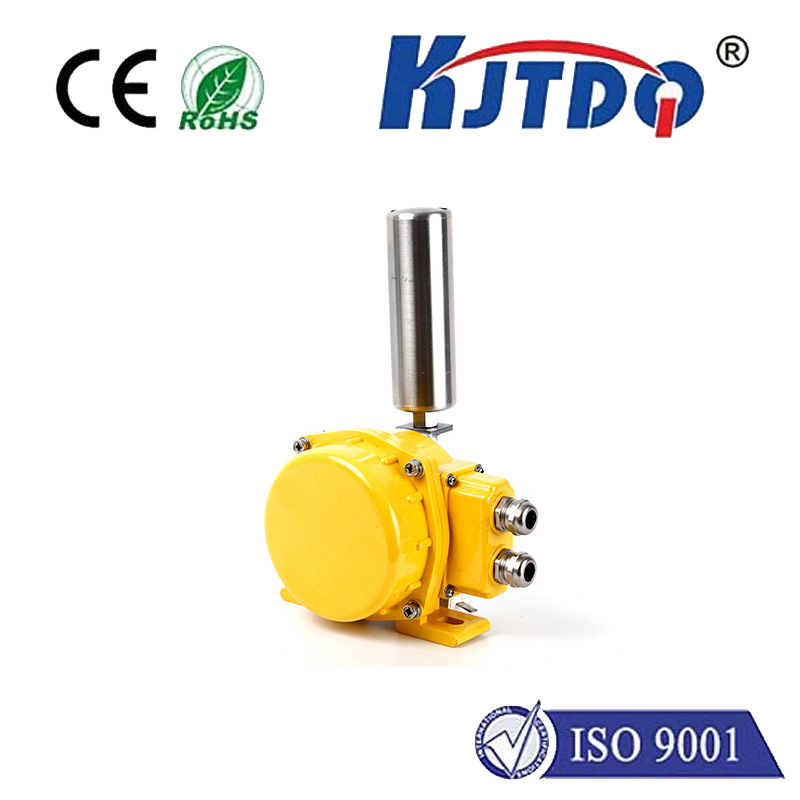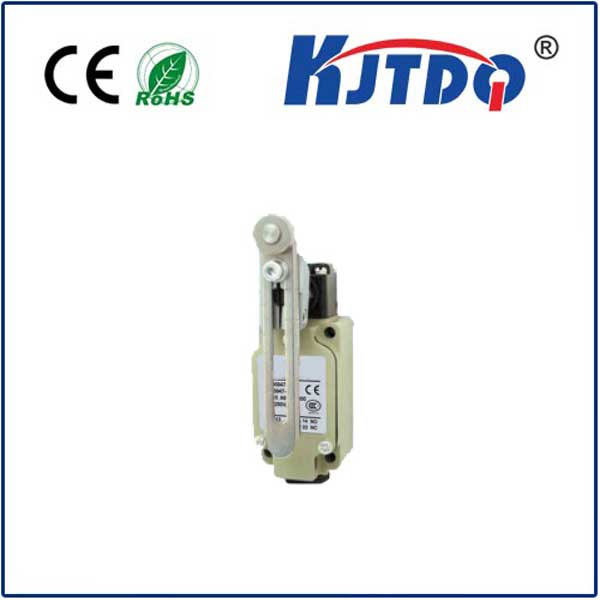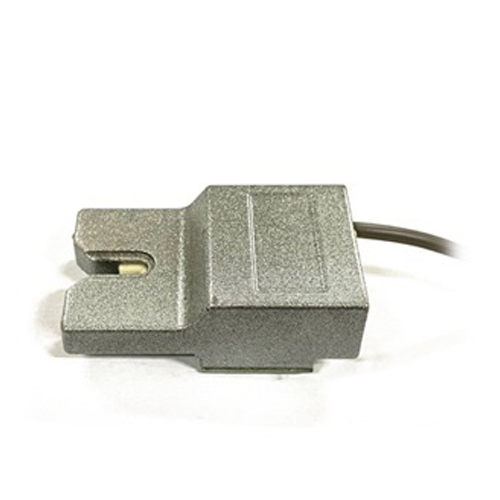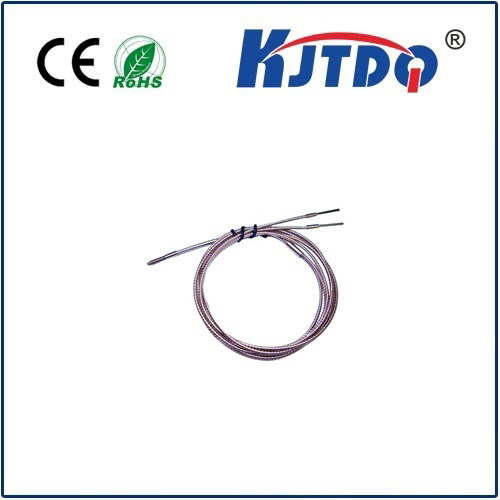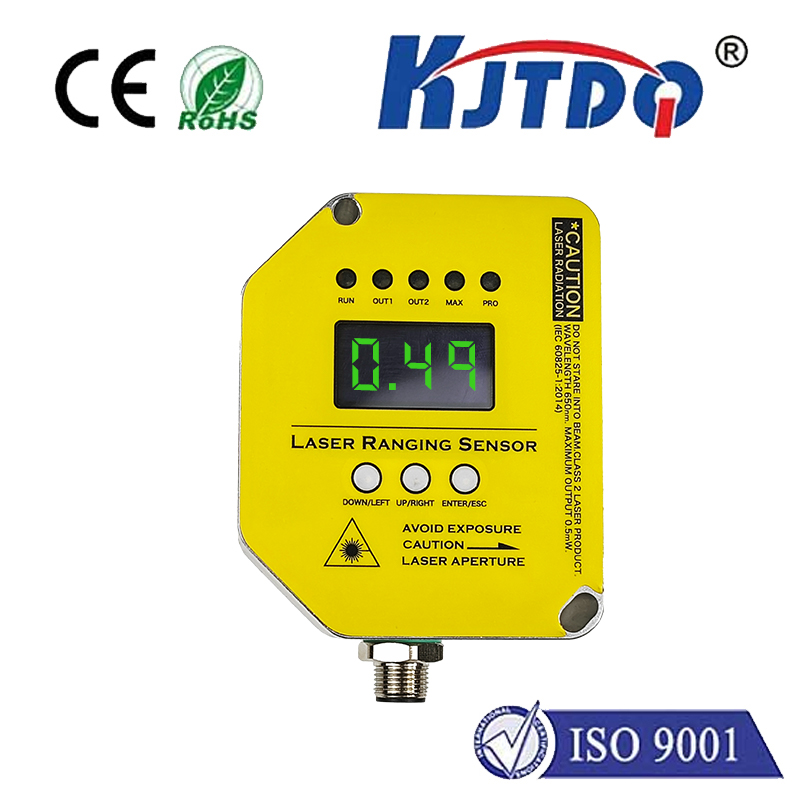pnp proximity sensor
- time:2025-09-08 09:40:57
- Click:0
Demystifying the PNP Proximity Sensor: Your Guide to Positive Switching
In the intricate dance of modern automation, where machines interact seamlessly and processes run with clockwork precision, the proximity sensor is an unassuming yet critical performer. It’s the silent sentinel detecting presence without touch, enabling counts, triggering actions, and safeguarding operations. But within this family of sensors, a fundamental choice exists that significantly impacts circuit design and reliability: PNP vs. NPN. Understanding the PNP proximity sensor – its function, advantages, and ideal applications – is essential for engineers, technicians, and anyone specifying or maintaining automated systems.
At its core, a proximity sensor detects the presence or absence of a metallic object (or sometimes other materials, depending on type) within its sensing range, using electromagnetic fields (inductive), ultrasonic waves, or capacitive effects, without physical contact. The crux of the PNP/NPN distinction lies in how the sensor completes the electrical circuit to signal its detection state – essentially, what kind of electrical “switch” it presents to the control system.
The “P” in PNP: Positive Logic in Action
- Switched Positive: This is the defining characteristic. When a PNP proximity sensor detects a target within its range, its output switch connects the positive supply voltage (typically +24V DC) to its output signal wire. Think of it as sourcing the positive voltage.
- Common Negative: In a typical PNP wiring scheme, the negative terminal of the power supply (0V) is connected directly to one side of the load (e.g., a PLC input module, relay coil, indicator lamp) and also to the sensor’s negative terminal. The sensor acts as the controlled connection for the positive side. The load is effectively connected between the sensor’s output and the common negative (0V).
- Active High: From the perspective of the load or PLC input, the signal goes HIGH (to +24V) when the sensor detects an object. This “high means detected” logic aligns well with many programmable logic controller (PLC) input conventions designed for positive voltage signals.
Contrasting Cousin: The NPN Sensor
It’s impossible to fully understand PNP without referencing its counterpart:

- Switched Negative: An NPN proximity sensor, when active, switches the negative supply (0V) to its output wire. It acts as a sinking device.
- Common Positive: The positive supply (+24V) is connected directly to one side of the load. The sensor controls the connection of the negative side of the load to the common 0V.
- Active Low: The signal at the PLC input goes LOW (towards 0V) when the sensor detects an object.
Here’s a simplified comparison:
| Characteristic |
PNP Proximity Sensor |
NPN Proximity Sensor |
| Output Switching |
Switches the Positive Supply |
Switches the Negative Supply |
| Behavior |
Sources current (+24V) |
Sinks current (to 0V) |
| Common Connection |
Common Negative (0V) |
Common Positive (+24V) |
| Detection Signal |
Output goes HIGH (+24V) |
Output goes LOW (0V) |
| Load Connection |
Between Output & Common 0V |
Between +24V & Output |
| PLC Input Logic |
Typically Active High |
Typically Active Low |
Why Choose a PNP Proximity Sensor? Key Advantages
The choice between PNP and NPN often comes down to system design conventions, available PLC inputs, and desired noise immunity. PNP sensors offer distinct benefits:
- Noise Immunity: Generally, PNP sensors (sourcing) are considered more resistant to electrical noise interference, particularly electromagnetic interference (EMI), compared to NPN (sinking) types. This is because the switched positive line is less susceptible to picking up stray voltages that might falsely trigger a low-voltage input. This makes them preferable in electrically noisy industrial environments.
- Simplified Wiring with Common Negative: Many modern PLCs and control systems are designed with input modules that share a common negative (0V) terminal bank. Wiring PNP sensors directly into these modules is often simpler and more straightforward, as the sensor output provides the +24V signal the input is expecting, while 0V is already centralized.
- Safety Considerations: In some safety-related circuits or when interfacing directly with certain indicators or relays, the logic of an “active high” signal (presence = signal voltage present) can be conceptually clearer and align better with fail-safe design principles where the absence of voltage indicates a safe state or fault.
- Compatibility: As positive switching aligns with the natural expectation of many digital inputs (voltage present = ON), PNP sensors are very widely used and compatible with a vast array of industrial controllers and devices.
Where PNP Proximity Sensors Shine: Common Applications
PNP proximity sensors are ubiquitous in automation. You’ll find them reliably performing tasks such as:
- Object Detection on Conveyors: Detecting parts, bottles, or packages for counting, sorting, or triggering downstream processes. The positive signal upon detection seamlessly triggers PLC counters or actuators.
- Position Verification: Confirming cylinders are retracted or extended, clamps are closed, or safety guards are in place before a machine cycle starts. Their noise resistance is crucial here for avoiding false triggers.
- End-of-Travel Limits: Signaling when a moving part (like a gate, slide, or robot arm) has reached its designated endpoint.
- Automated Assembly Lines: Detecting component presence at workstations for assembly verification or tool actuation. The robustness of PNP sensors ensures reliable operation amidst motors, welders, and other noise generators.
- Material Handling: Monitoring bin levels, pallet presence, or fork positioning on automated guided vehicles (AGVs) or stackers. Positive confirmation of position is critical for control logic.
Recognizing a PNP Sensor: Key Features
When selecting or identifying a sensor:
- Datasheet Labeling: Look explicitly for “PNP output”, “sourcing output”, or “NO PNP” (Normally Open PNP) or “NC PNP” (Normally Closed PNP).
- Wiring Diagrams: Standard symbols show the output transistor with the emitter pointing towards the output wire and connected internally to +V (Supply Voltage). Wire colors often follow conventions (e.g., Brown: +V, Blue: 0V, Black: Output Signal for PNP).
- PLC Compatibility: Ensure your PLC input module is configured or designed to accept a sourcing (PNP) signal. Connecting a PNP sensor to a sinking-only input usually won’t work.
Conclusion: The Positive Choice for Robust Detection
The PNP proximity sensor, with its positive switching (sourcing) behavior, offers a robust, noise-resistant, and widely compatible solution for object detection in demanding industrial automation settings. Its inherent design, providing a high signal upon detection and leveraging a common negative wiring scheme, aligns naturally with many control systems, simplifying installation and enhancing reliability. While NPN sensors have their place, understanding the distinct advantages of PNP sensors empowers you to make the optimal choice for clearer signal logic, improved noise immunity, and seamless integration, ensuring your sensing tasks perform reliably in the heart of the automated world. Choosing PNP often means choosing clarity and resilience at the point of detection.







